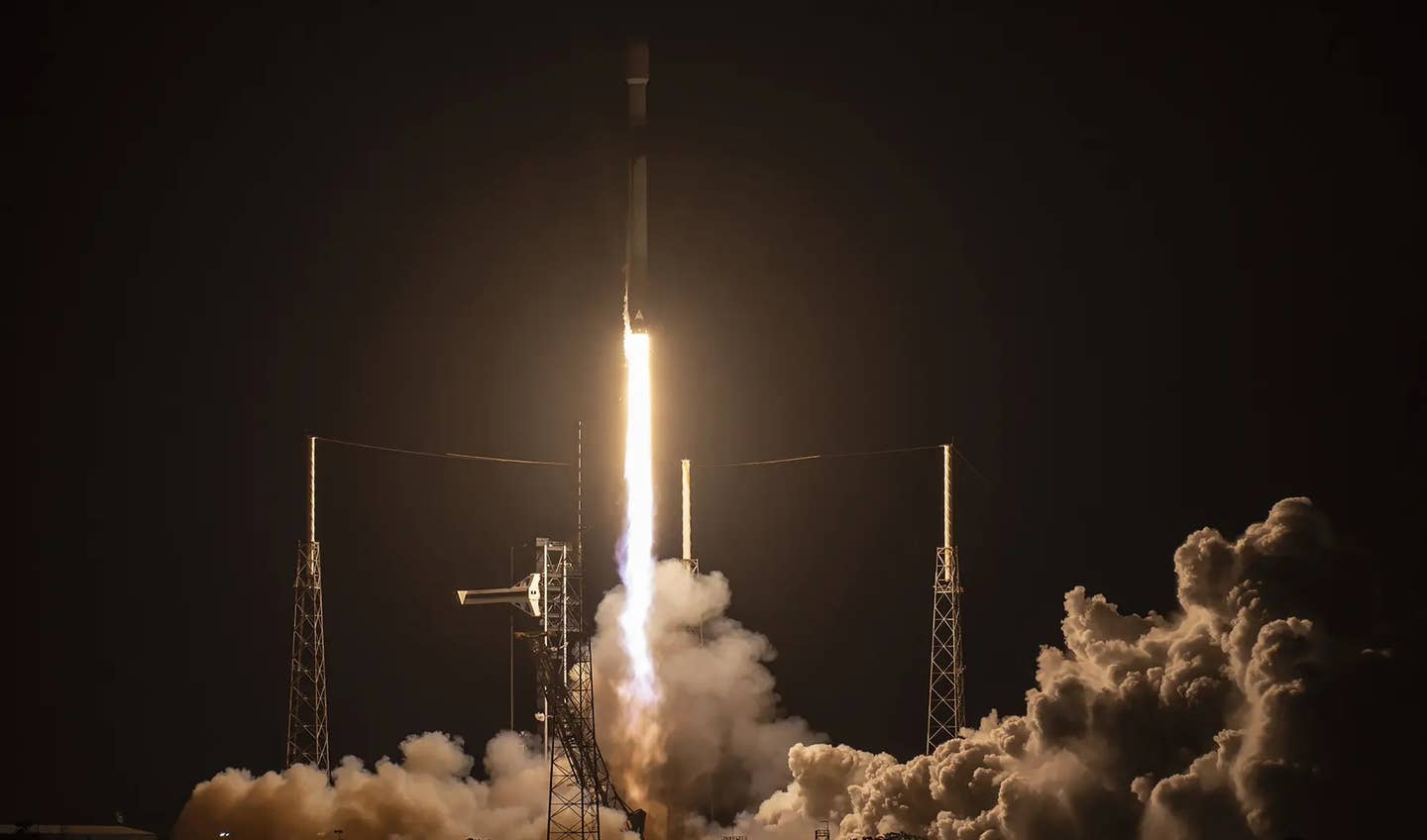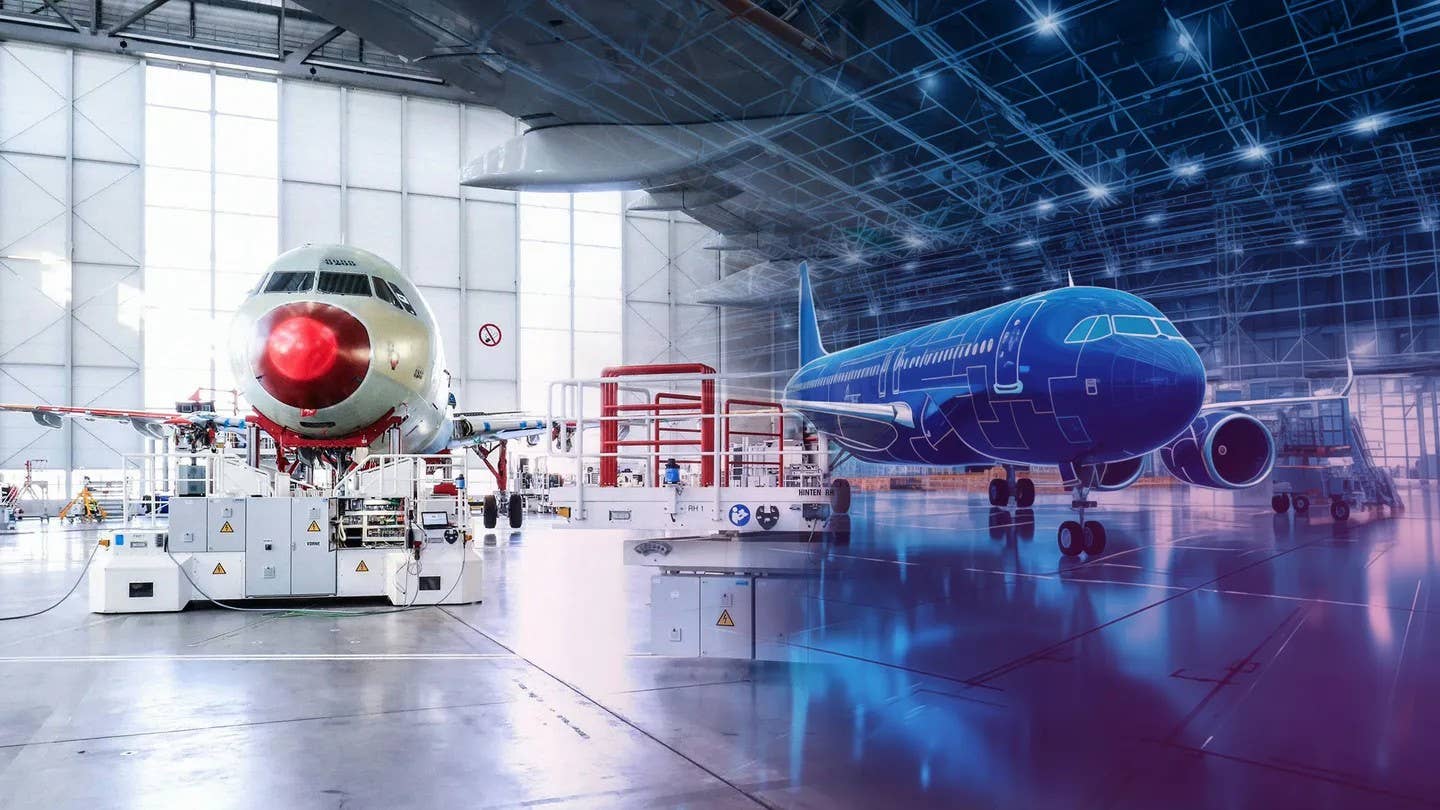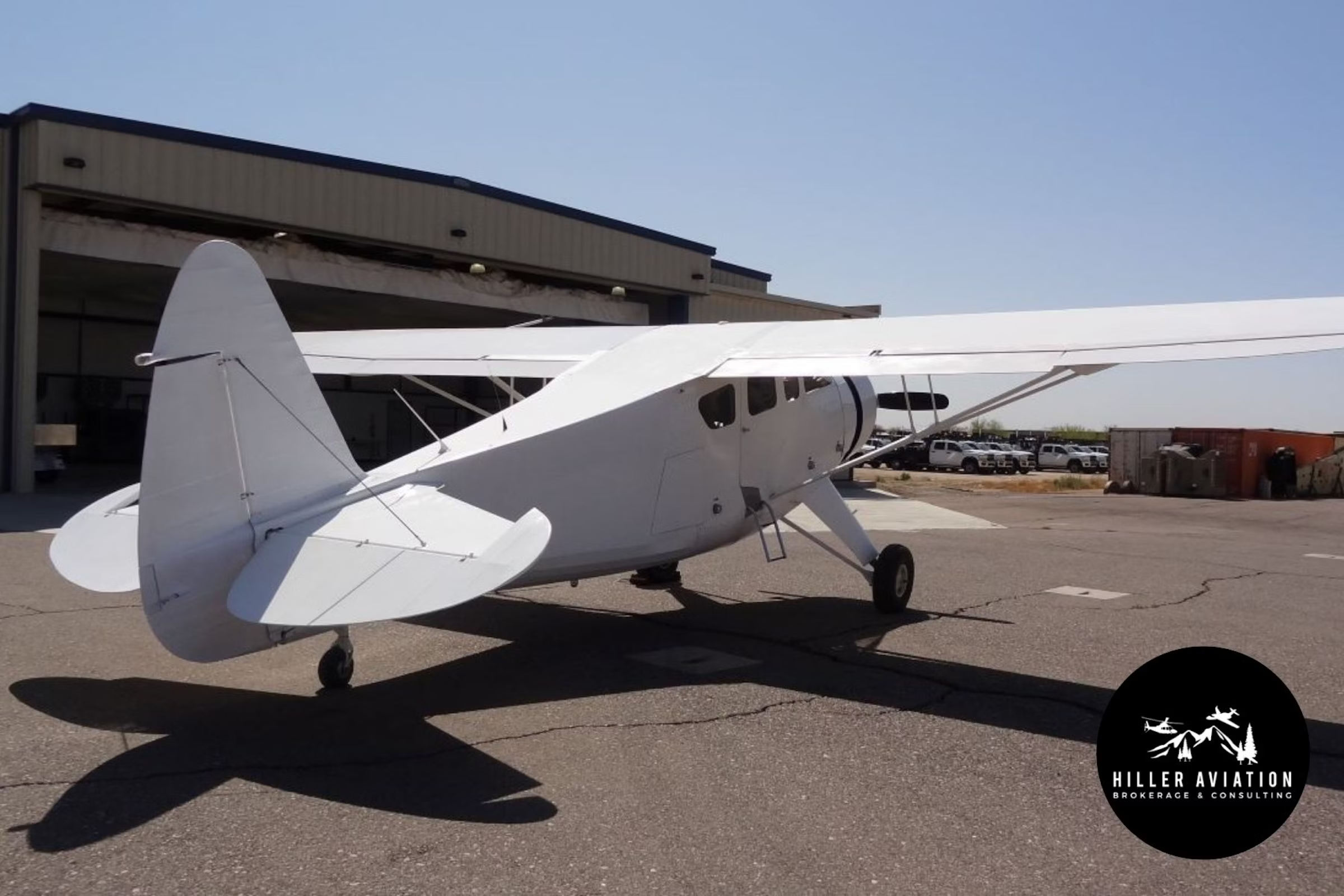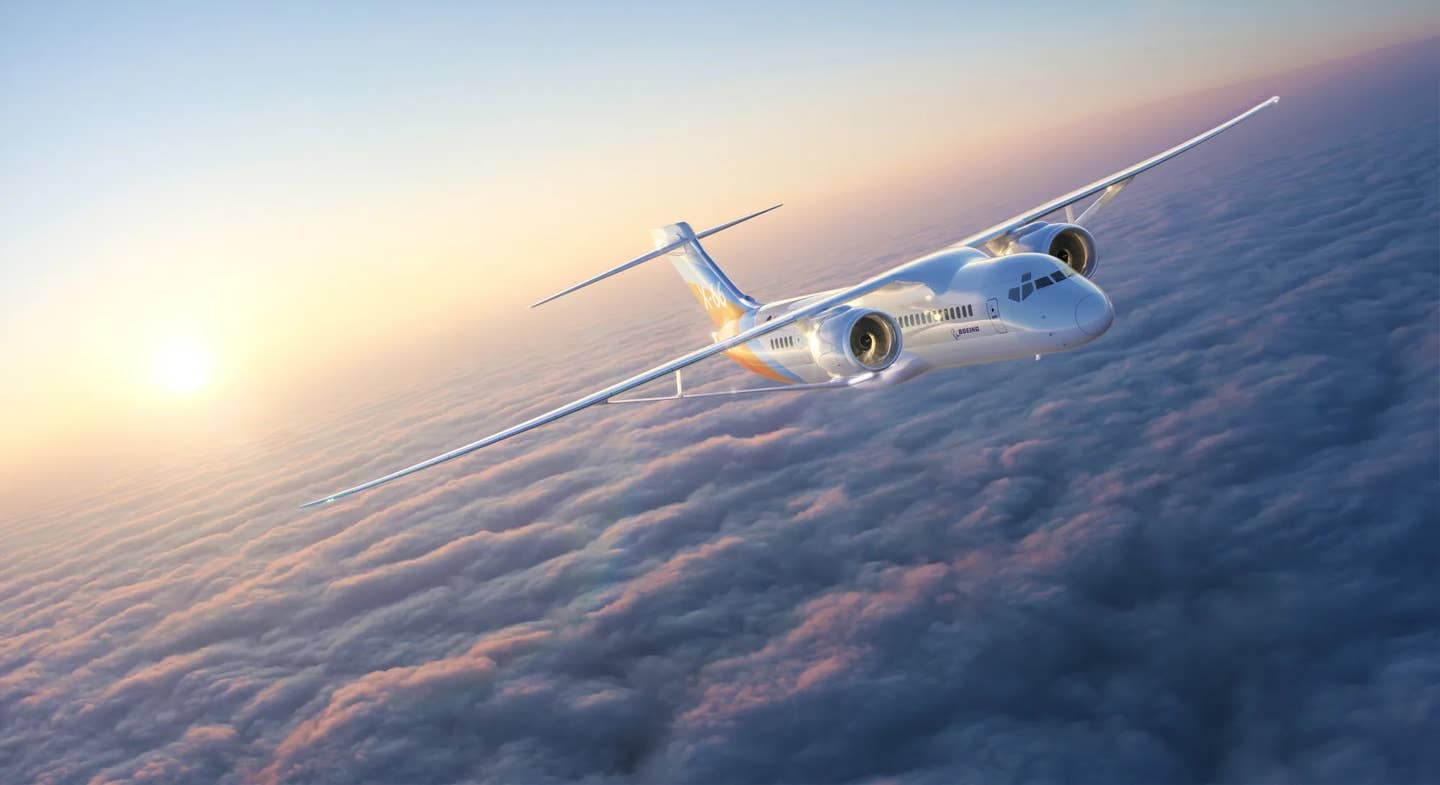Wing Partners with DoorDash for Wendy’s Drone Delivery in Virginia
The partners will begin flying out of a single Wendy’s location in Christiansburg, Virginia, with plans to expand the service to other U.S. cities later this year.

A Wing delivery drone soars over Christiansburg, Virginia, where the company will serve customers in partnership with DoorDash. [Courtesy: Wing]
Standard delivery or pickup? Those are the options for most DoorDash users, but customers in Christiansburg, Virginia, now have a third choice.
On Thursday, Wing, the drone delivery arm of Google parent Alphabet, expanded its partnership with DoorDash to the U.S. following a yearlong trial in Australia. In 2022, the companies agreed to integrate their marketplaces, allowing Wing deliveries to be facilitated through the DoorDash platform. It was the first time a drone delivery provider made its service available on a third-party app.
Initially, the service will be based out of a single Wendy’s location in Christiansburg—Wing’s first U.S. commercial market—with plans to explore other U.S. cities later this year. Dallas-Fort Worth, where Wing operates drone delivery with partners such as Walmart, is a potential candidate.
DoorDash views automation as a way to tailor solutions around customer demand and improve platform efficiency. Its partnership with Wing was born out of DoorDash Labs, a robotics and automation arm established in 2021. With the subsidiary still in its infancy, Christiansburg may well be the tip of the iceberg for DoorDash and Wing.
“We are committed to advancing last-mile logistics by building a multi-modal delivery platform that serves all sides of our marketplace,” said Harrison Shih, senior director of DoorDash Labs. “We’re optimistic about the value drone delivery will bring to our platform as we work to offer more efficient, sustainable, and convenient delivery options for consumers.”
Wing, along with medical drone delivery provider Zipline, is one of two titans in the drone delivery industry, having completed more than 350,000 deliveries. The company has flown in Christiansburg since 2019, the same year it launched service in Logan, Australia, a suburb of Brisbane.
In 2022, DoorDash became a partner, agreeing to facilitate Wing deliveries in Logan on its platform. The partners would ultimately expand the service to three locations in Australia’s Queensland region, with more than 60 participating merchants.
“Expanding our partnership with DoorDash and launching in the U.S. is a direct result of the success we’ve seen from our initial collaboration in Australia, where Wing has served tens of thousands of customers via the DoorDash app for over a year now,” said Cosimo Leipold, head of partnerships at Wing.
In Christiansburg, customers with eligible addresses can visit the DoorDash website or app and select the Wendy’s location at 2355 N. Franklin Street. At checkout, they’ll have the option to select drone delivery alongside standard delivery and pickup.
Wendy’s employees will prepare and package orders, and Wing drones will complete deliveries straight to the customer’s doorstep. From order to delivery, the process typically completes within 30 minutes. According to Wing’s early testing data from Australia, its fastest delivery took just over seven minutes.
DoorDash in 2022 explained that the service is intended for small, short-range deliveries, such as Wendy’s takeout orders, which are likely to yield smaller tips. Drones will complement the company’s delivery drivers, who will handle larger orders.
FLYING got a firsthand look at Wing’s service in Dallas-Fort Worth in October. At a Walmart Supercenter in the Dallas suburb of Frisco, the company’s operation occupies a small portion of the store’s parking lot. Other stores can set up Wing hubs on roofs or in adjacent empty spaces.
The system is almost entirely automated, designed to integrate within partners’ existing systems and workflows. All store associates need to do is bring orders from the store to the parking lot.
Wing handles things from there. An automated flight planning and uncrewed traffic management system plans routes, accounting for factors like weather, time of day, and other objects in the airspace. Then a Wing order loader attaches the payload to the drone’s tether.
All on its own, the drone takes off, flies to its destination, lowers the tether, releases the order, and flies back to continue charging. In the air, the aircraft cruises at 65 mph (56 knots) at roughly 200 feet, capable of flying in light wind, moderate rain, or even snow.
All Wing drones flying in the U.S. are overseen by operators at two Remote Operation Centers in Texas and California. Like air traffic controllers, they monitor dots on a screen and step in when an accident could occur. The company’s software also determines which drones might be in need of repairs and grounds them autonomously.
Soon, Wing’s operation will require even fewer people. The company is preparing to roll out its AutoLoader technology, which would eliminate the need for order loaders. Similar to curbside delivery, store associates will simply place orders outside for the drone to pick up on its own.
Wing is also developing a new, larger delivery drone with double the payload of its current model. About 3 in 10 Wing deliveries require two or more drones, and the updated design is intended to streamline those orders. It will complement the company’s existing model rather than replace it.
Recently, the firm obtained an FAA grant for beyond visual line of sight (BVLOS) flights without visual observers in Dallas. Visual observers are required by the FAA for BVLOS flights unless the operator has a waiver. Wing instead will use ADS-B transponders and receivers, extending the delivery range it has with human observers along its routes.
Like this story? We think you'll also like the Future of FLYING newsletter sent every Thursday afternoon. Sign up now.

Sign-up for newsletters & special offers!
Get the latest FLYING stories & special offers delivered directly to your inbox






